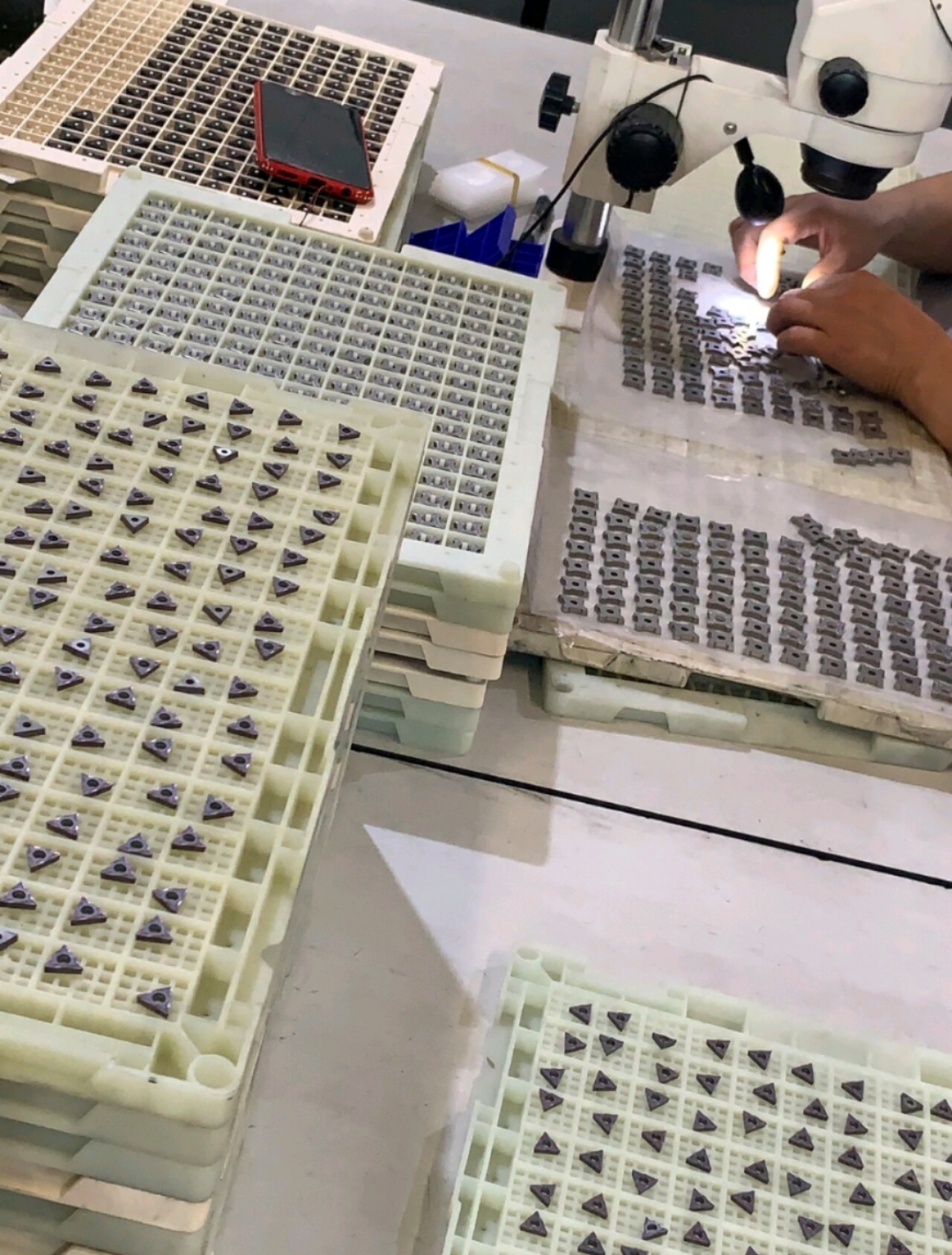How to choose the cutting tool
Wed Jun 08 11:59:39 CST 2022
Because machining safety is important, it is best to choose a tool with a high precision coolant. This eliminates chips, reduces temperature, reduces tool wear and improves surface quality. Use the shortest possible overhang cutting tool and a safe tool clamping system to ensure optimum stability. When cutting parts, bars or pipe fittings, it is important to conserve material and minimize cutting forces. Narrow tools produce lower cutting forces and save material. Select the tool groove design for cutting. These specially designed tools produce chips that are narrower than the grooves. This enables the cutting process to achieve good chip control and surface quality.
1. Cut off first choice
Single edge and double edge solutions should be considered as preferred for different cutting processes. Use a cutting tool that produces chips narrower than the slot.
2. Turn off light
For shallow cuts (diameter ≤ 12 mm (0.47 in.)), the use of a three-edged cutting tool can be economical in volume production.
Medium to cut off the
For medium cuts (diameter ≤ 40 mm (1.57 in)), use screw clamping and spring locking shank with double-edged tool.

3. Deep fault
For deep cuts (diameter ≤ 112 mm (4.41 in.)), tool stability is critical because this type of cutting exerts a higher force on the tool. Therefore, a spring-stabilized clamped tool and a single tool are the best choice.
4. No flying edge and no burr cutting
To achieve no-fly and no-burr cutting, a sharp groove with a small fillet radius is used. The front corner tool will also reduce flaps and burrs. The front corner inserts will generate lateral cutting force and are recommended only for short overhang (< 13 mm (0.51 in)).
5. Small parts processing
For small parts, use a tool with the smallest width and sharpest cutting edge possible. To ensure optimum machining safety, tools with high precision coolants are used. If extremely high cutting edge sharpness is not required, choosing a three - or double-edged cutting tool can provide a more economical solution or achieve a larger diameter.















































